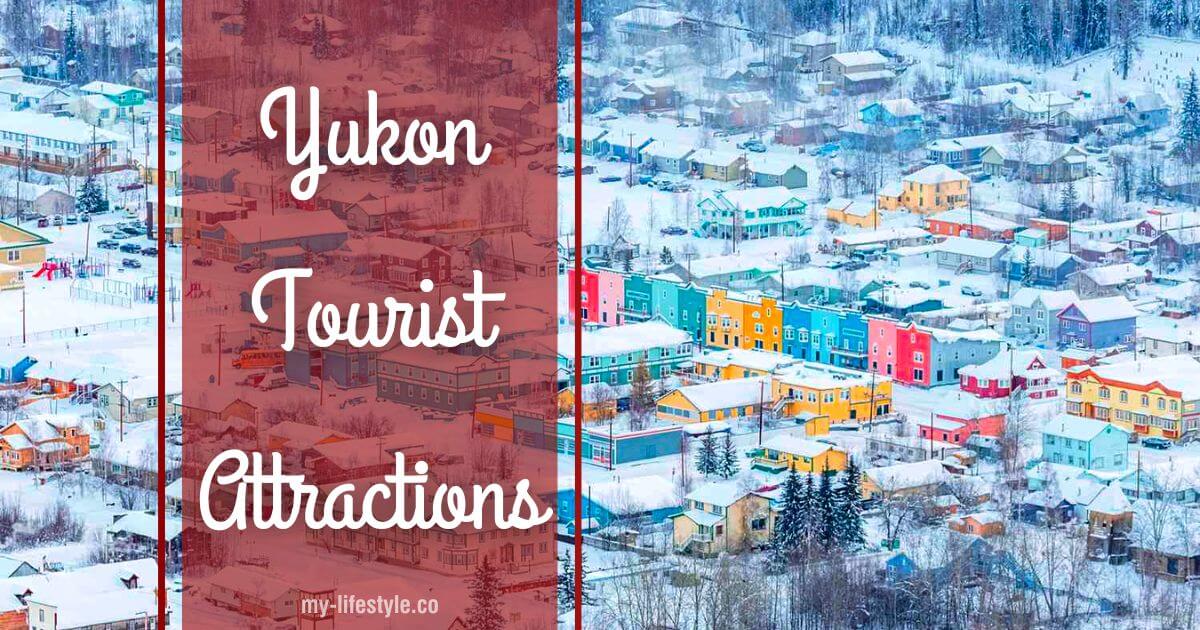Are you a tourist to the Yukon? You don’t know what to do in Yukon? There are many tourist attractions and destinations in Yukon, Canada. From flying over Kluane National Park to trekking Miles Canyon!
This is the article for you if you’re seeking top things to do in Yukon!
Top 10 Attractions in Yukon, Canada You Cannot Miss
Emerald Lake
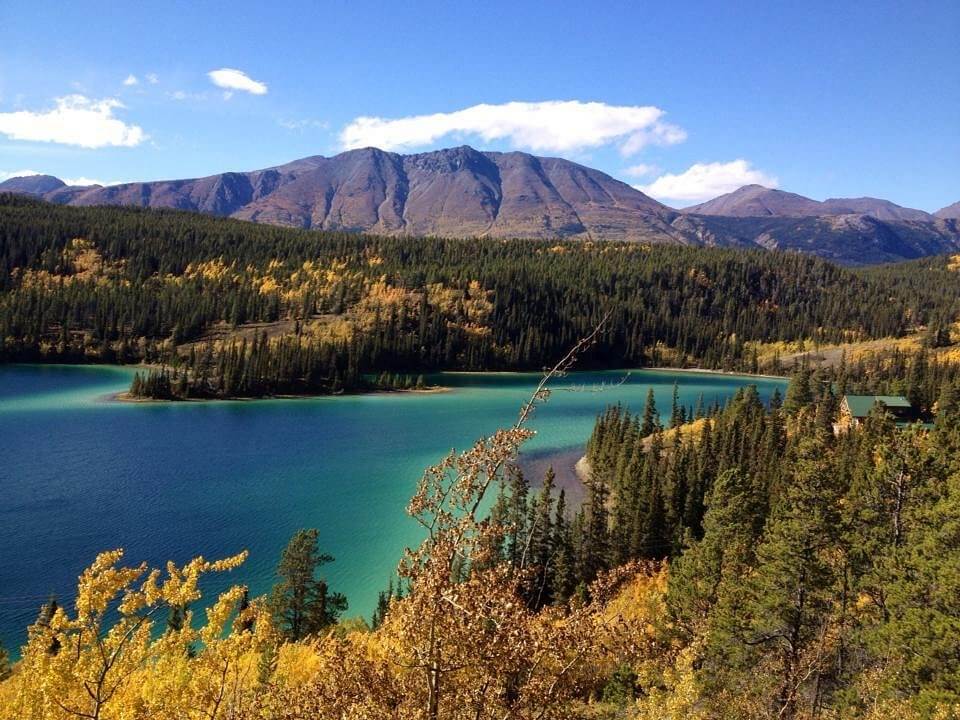
One of the Yukon tourist attractions in Canada is Emerald Lake. It is the stuff postcards are made of. There are no boat rentals in the summer, ice fishing cottages in the winter, and no museum on its beaches to tell stories about its past.
Despite this, the lake is one of the most photographed locations in the Yukon. Emerald Lake was carved out by glaciers 14,000 years ago. Its stunning emerald water and mountain range backdrop make for a wonderfully gorgeous photo opportunity. Pull over and take in the scenery while traveling down the South Klondike Highway.
Don’t miss 10 Stunning Lakes In Canada Every Nature Lover Must See!
Takhini Hot Springs
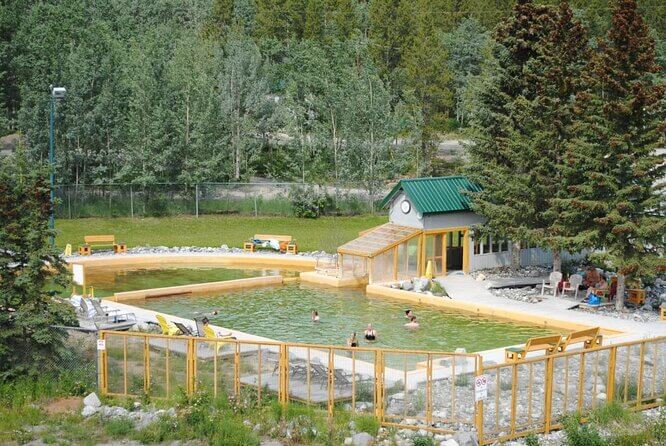
Nothing like a good bath in some boiling hot water to help you unwind. And another Yukon tourist attraction in Canada is Takhini Hot Springs – a pair of natural mineral hot springs located 18 miles from Whitehorse. These waters had been frequented for millennia by nearby First Nations before becoming a commercial destination in 1907.
The pools are 36° and 42° Celsius. So you may enjoy them at any time of year, regardless of the outside weather. Beyond the pools, the Takhini Hot Springs is set on 200 acres of terrain. So, before you relax in the pools, give your muscles a good workout.
Miles Canyon
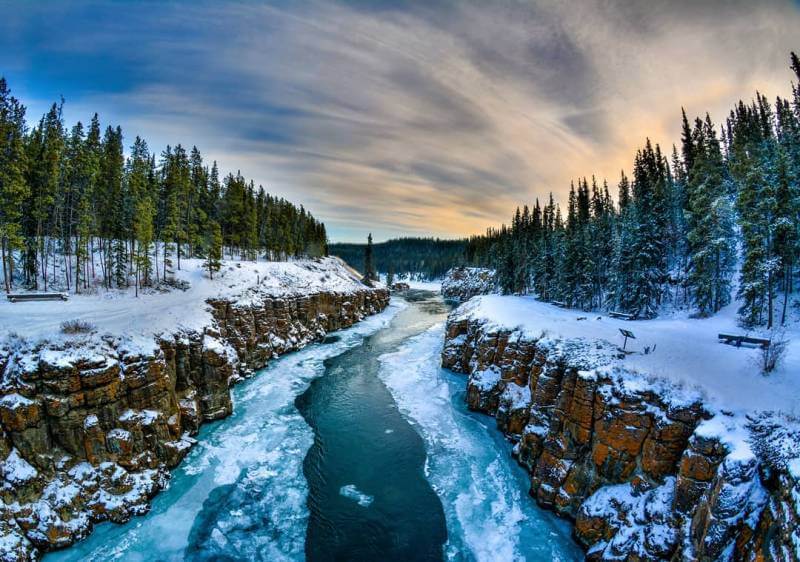
It was formerly a dangerous place for gold prospectors – a mystic tourist attraction in Yukon, Canada. Many attempted and failed to cross the canyon or maneuver their supply-laden boats through the Yukon River’s raging rapids.
While a train system permitted these prospectors to escape this hazard, Miles is no longer. Visitors can now enjoy a slightly calmer river thanks to a hydroelectric dam that has slowed water flow. A suspension bridge built in 1922 to connect the canyon’s two 50-foot sides still stands today, providing an incredible view of the canyon if you’re not afraid of heights.
Yukon Wildlife Preserve
The Yukon Wildlife Preserve seeks to ensure that Canada’s north remains home to some of the country’s most distinctive wildlife. The Preserve, only 25 minutes from downtown Whitehorse, cares for wounded wild animals before releasing healthy ones back into the wild. Visitors may explore the preserve and learn about over a dozen distinct Arctic and boreal animal species.
Tour the facilities’ three-mile ‘viewing loop’ by foot, ski, snowshoe, or guided bus. See caribou, lynx, elk, bison, and other animals in their natural habitats, ranging from swamps to cliffs, rather than in a pen or a cage. And have your camera handy—you never know what creatures will appear.
Sign Post Forest
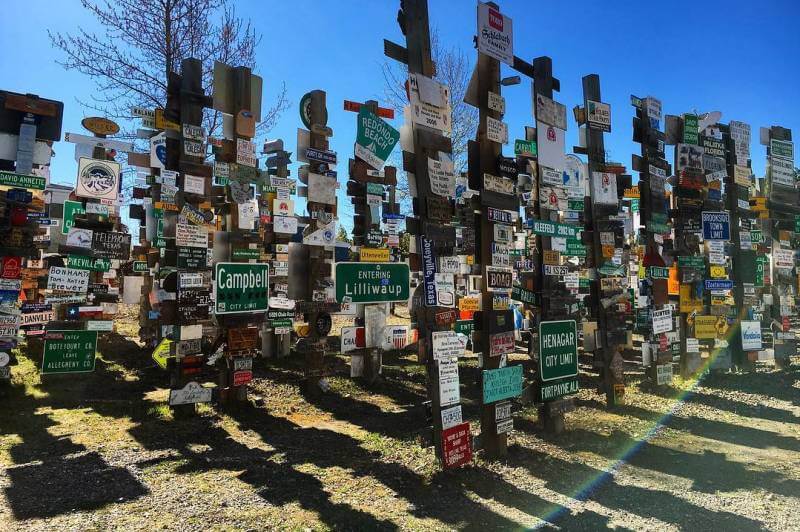
You can see the entire planet in Watson Lake, a Yukon tourist attraction in Canada. The Sign Post Forest may be found there: a collection of signs brought by tourists from every nation imaginable. It all began in 1942 when a United States soldier was fixing signposts along the Alaska Highway and added one with the direction and mileage to his hometown in Illinois.
It took until 1990 to reach the tenth sign in the forest, but there are now over 77,000 spacing out over a few acres, making this a unique attraction. Bring a sign from home, or manufacture one at the Visitor Information Centre, and carry on the tradition.
Tombstone Territorial Park
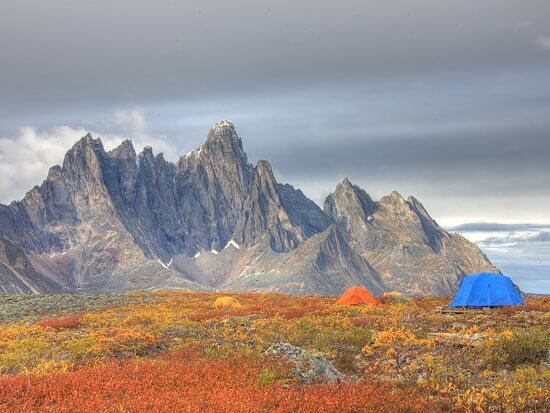
The Tombstone Territorial Park may appear threatening, yet it is full of natural treasures and First Nations culture. The distant region is defined by rugged peaks and permafrost, but make no mistake: animal life is everywhere in these 850 square miles.
Prepare to witness caribou, moose, sheep, bears, and even wolves, whether camping, on a day trek, or simply out for a picnic. Tombstone Territorial Park, barely 177 miles from the Arctic Circle, is home to the Tr’ondek Hwech’in, a First Nation with a long history in the area. The park’s over-70 designated First Nations ecological and archeological sites contain everything from hunting blinds to stone implements and burials.
Dawson City Museum
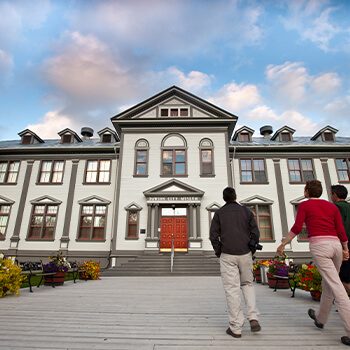
The Klondike Gold Rush suddenly transformed Dawson City into one of the largest communities in the West. Who are the folks who abandoned their professions and families in search of a fortune? What was the region like before the surge, and how did it change? The Dawson City Museum has provided answers to some of these queries.
Begin your journey through time with the Yukon’s First Peoples. Learn about their nomadic lifestyles and how the fur trade led to the establishment of the first non-Aboriginal towns. Then go past the crowd. Discover how these pioneers lived and whether you would have been a decent fortune hunter. Enjoy a gold pouring demonstration, look at vintage mining trains, see what else is on display, and immerse in the beauty of the Yukon tourist attraction!
S. S. Klondike
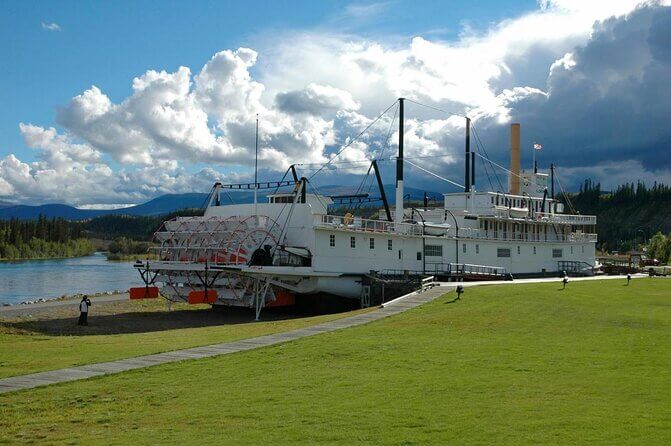
Over 250 riverboats connected the Yukon to the outside world by water in the early twentieth century. The largest of these steamships, the S.S. Klondike is still on the Yukon River’s beaches today. This boat, which has been restored to its original 1937-1940 look, is a popular location for visitors who wish to observe what life was like for the region’s early residents.
The Klondike was a massive ship with a capacity of over 270 tonnes. Mostly used to transport supplies and silver-lead ore to and from the mines before any roads were in the vicinity.
MacBride Museum
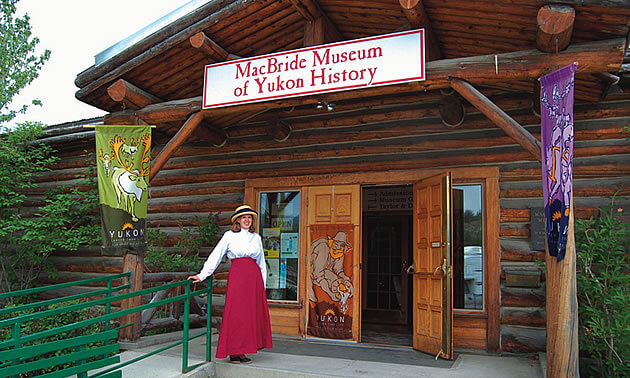
Have you ever wanted to try your hand at gold panning? The Yukon’s history is intertwined with the gold rush, which is why the MacBride Museum of Yukon History (tourist attraction) allows visitors to try their hand at gold panning. Of course, panning is only one of the numerous activities available at the museum, which spans more than half a city block and features exhibits spanning the whole history of the Yukon.
See First Nations beading and handicrafts, learn about Northern creatures, immerse yourself in the history of Whitehorse’s capital city, and even step into the actual cabin of Sam McGee, made famous by a Robert W. Service poem. You may look through artifacts, images, and papers. And who knows… maybe you’ll unearth something valuable in the process.
Yukon Beringia Interpretive Center
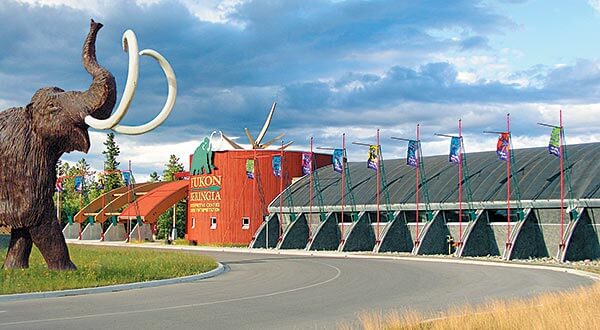
When gold prospectors flocked to the Yukon in quest of their riches, they didn’t always find it. Many remains of the previous ice age were also discovered, and it is these riches that the Yukon Beringia Interpretive Centre focuses on.
Beringia refers to the region that formerly stretched from Siberia to the Yukon and was home to extinct species such as the wooly mammoth and the gigantic beaver. You’ll learn about these animals at the center through First Nations art and folklore, as well as fossils and cast models that bring them to life.
Travel guide to Yukon, Canada
How to get to Yukon destinations?
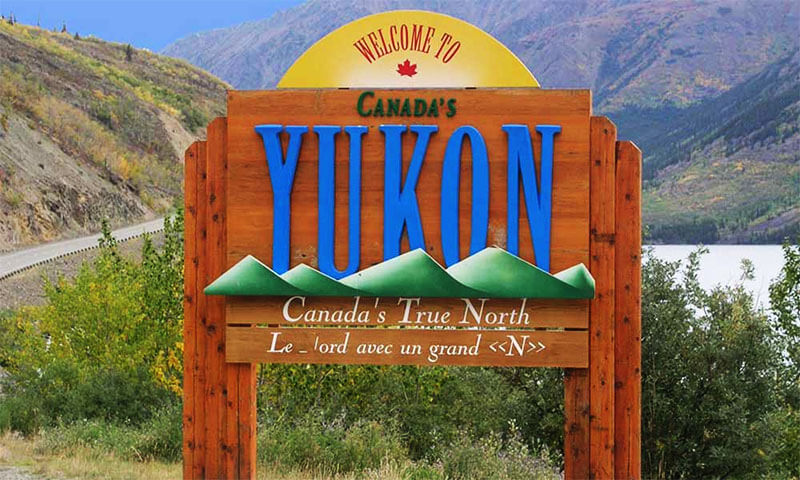
- By Air: First choice to Yukon destinations is by air. Air travel to Whitehorse is available from Vancouver, Kelowna, Calgary, Ottawa, and Edmonton, as well as the Northwest Territories, Alaska, and Frankfurt, Germany. Fly to Yukon and hire a vehicle or RV in Whitehorse, or sign up for an adventure package via an outfitter. When you arrive, stop by one of the Community Visitor Information Centres for up-to-date information and updates.
- By Bus: You can take the bus to Yukon destinations! The Husky Bus runs between Whitehorse and Dawson City.
- By Sea: Besides you can also experience Yukon destinations by sea. Skagway, Alaska, is the closest port. Passengers disembarking from ferries and cruise ships can take the historic White Pass and Yukon Route railway to Carcross, then a bus to Whitehorse.
- By Road: Last option to the Yukon destination is by road. Drive the famed Alaska Highway or the Stewart-Cassiar Highway, including side trips to Stewart, BC and Hyder, Alaska.
What is the best time to visit Yukon, Canada?
There are lots of things available in Yukon all year; it simply depends on what you choose to do! If you prefer summer, go there in the summer to experience the midnight sun or to see the beginning of the northern lights season. Whitewater rafting trips and other outdoor experiences are available during the summer in Yukon.

If you prefer cold weather, visiting Yukon during winter will enhance your holiday experience. You may reserve your ideal cabin vacation and take in the breathtaking nature of northern Canada. Remember to dress correctly for the weather, and remember that winter weather arrives much sooner than you would think.
Summer bugs are not an exception in Canada’s Yukon. Mosquitoes are present from June to August, while black flies are present in August and September, as in many other places in Canada.
So, don’t wait to experience Yukon tourist attractions!
10 Fun Facts about Canada’s Yukon Territory
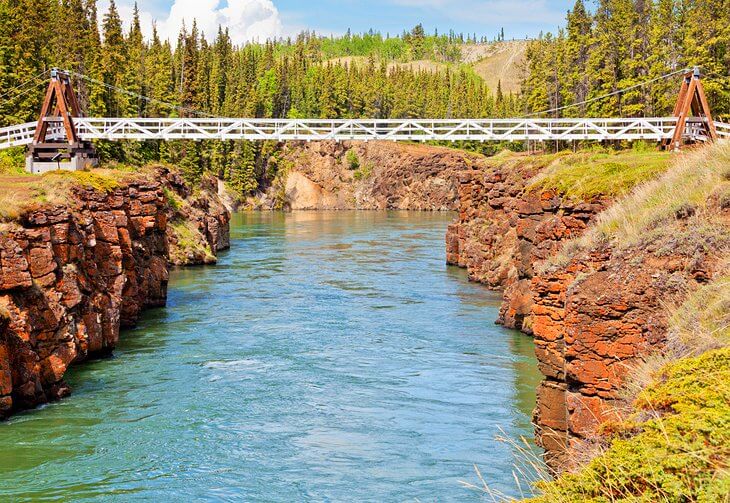
- The Yukon has the greatest proportion of non-religious people of any province or territory in Canada, at 50%.
- The Yukon has a triangular form (fun fact: the same can be said about Newfoundland Island and Labrador).
- On February 3, 1947, Canada’s lowest temperature ever recorded was 63.0°C (81°F) at Snag, Yukon. It was cooler than Mars’ usual temperature.
- The hottest temperature recorded in Yukon was 36.5°C (98°F) in 2004. The lowest and greatest temperatures are 99.5 degrees Celsius (or 179 degrees Fahrenheit).
- The Alaska and Klondike Highways connect at Whitehorse, the territory’s capital.
- The Yukon has 958 kilometers of the 2224-kilometer Alaska Highway, which is greater than Alaska. The route was created during WWII so that Alaska could be visited by vehicle from the United States. It begins in British Columbia at the Alberta border and runs across most of southern Yukon.
- The Top-of-the-World Highway is a picturesque gravel road that links Dawson City to Alaska, which is 127 kilometers (79 miles) distant.
- The Yukon Quest is a dog sled race from Whitehorse to Fairbanks, Alaska. Allen Moore and his dog Quito set the record in 2014, finishing in 8 days, 14 hours, and 21 minutes.
- The Yukon River Quest is one of the world’s most famous canoe and kayak races, covering 742 kilometers (461 miles) down the Yukon River from Whitehorse to Dawson City.
- The Yukon is one of the greatest spots in Canada and the world to view the Northern Lights (Northern Lights).
7 Canadian Road Trip Routes With the Best Fall Views From Your Car
